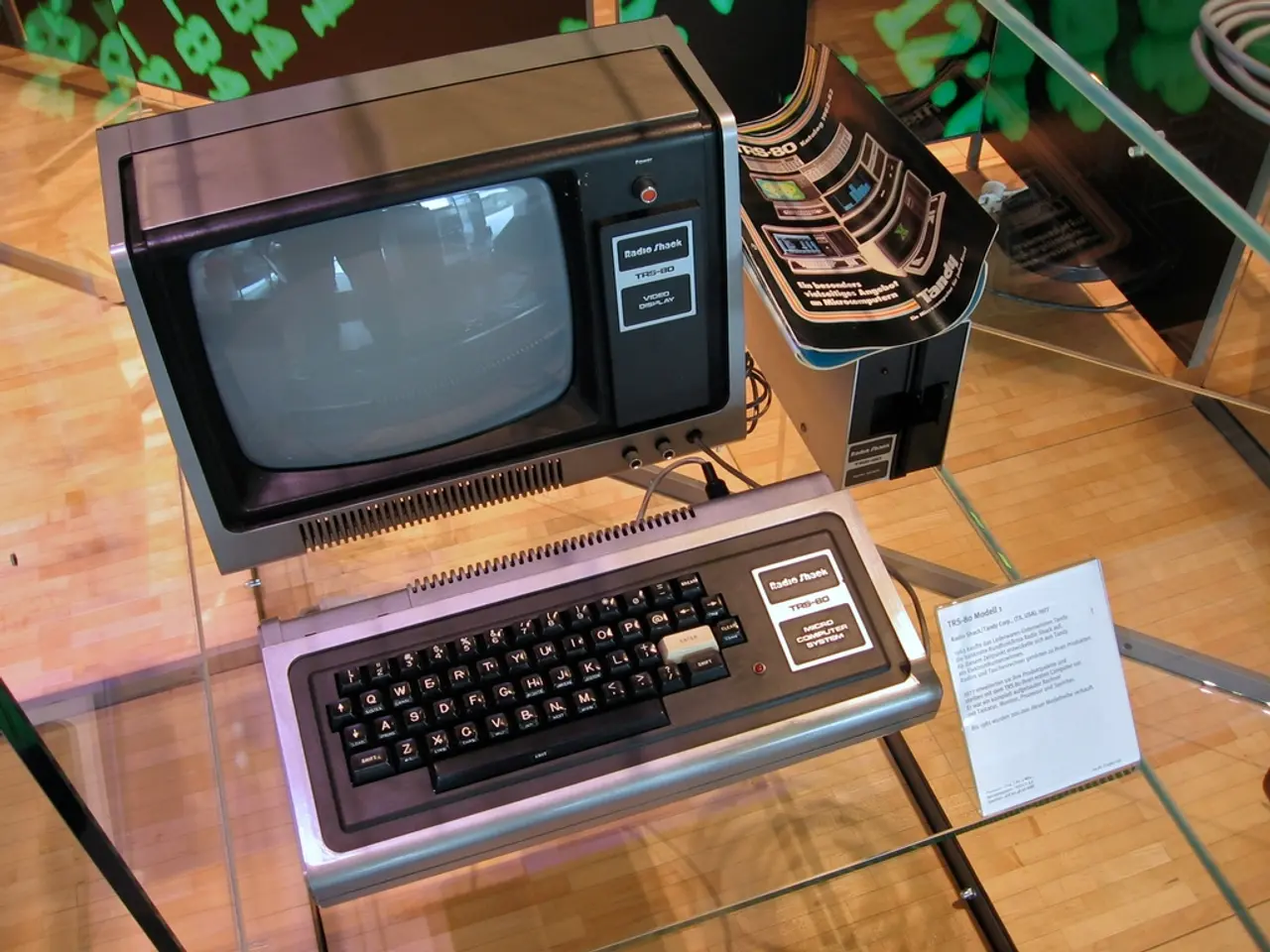Examination: Eradicating Bill of Materials (BOM) and Manufacturing Defects in Printed Circuit Board (PCB) Production
In the world of electronics manufacturing, maintaining high-quality circuit boards is paramount. One key player in this field is Sierra Circuits, a company known for its adherence to DFM (Design for Manufacturing) and DFA (Design for Assembly) standards [0].
One of the most common issues faced during PCB assembly is a mismatch between component dimensions and footprints. This discrepancy can lead to faulty component placement [1]. To avoid such errors, it's crucial to review design files and BOMs thoroughly, ensuring that footprints in the PCB layout match the physical component dimensions exactly. Incorrect or outdated design files often cause mismatches [1].
Another issue is the inclusion of obsolete components. To identify and avoid these, check the BOM against current component availability databases and suppliers. Updating the BOM before assembly with modern substitutes, approved by design engineers, is also essential [1].
Missing component orientation is another pitfall. Orientation errors can occur when silkscreen markings or polarity indicators are absent or unclear on PCB layouts. To correct this, ensure that all critical components have clear orientation markings, such as pin 1 markers or polarity symbols, on the PCB silkscreen and in assembly documentation [1].
Missing datasheets can cause problems for assemblers and testers, leading to incorrect handling or testing parameters. To prevent this, include all relevant datasheets in the fabrication and assembly package [2].
Missing pin markings can also cause confusion, leading to misplacement and functional failures. Always include explicit pin markings on PCB silkscreen and in the component footprint definitions [3].
Implementing In-Circuit Testing (ICT) is highly effective for detecting assembly defects such as misplaced, misoriented, or missing components early in the manufacturing process [3].
The Design for Assembly Handbook, a 50-page document, offers valuable insights into recommended layout for components, common PCB assembly defects, and factors that impact the cost of the PCB assembly [4]. This comprehensive guide can be downloaded online [5].
In some cases, components may not have mounting information in their datasheets. In such situations, it's necessary to use the datasheets provided by vendors [6].
Currently, some components like the T491C106K020AS, MP037B, ILD217T, TL28L92IFR, SN74HC273PW are facing a shortage, so the customer is asked to share alternative parts and footprints [7].
By following these best practices, you can ensure that your PCB assembly process is efficient and error-free.
Component sourcing should involve checking current component availability databases and suppliers to avoid using obsolete components, and being aware of any part shortages in the industry.
To maintain high-quality circuit boards during manufacturing, it's essential to thoroughly review design files and BOMs, ensure that footprints match physical component dimensions, include clear orientation markings, datasheets, and pin markings, and implement In-Circuit Testing.




